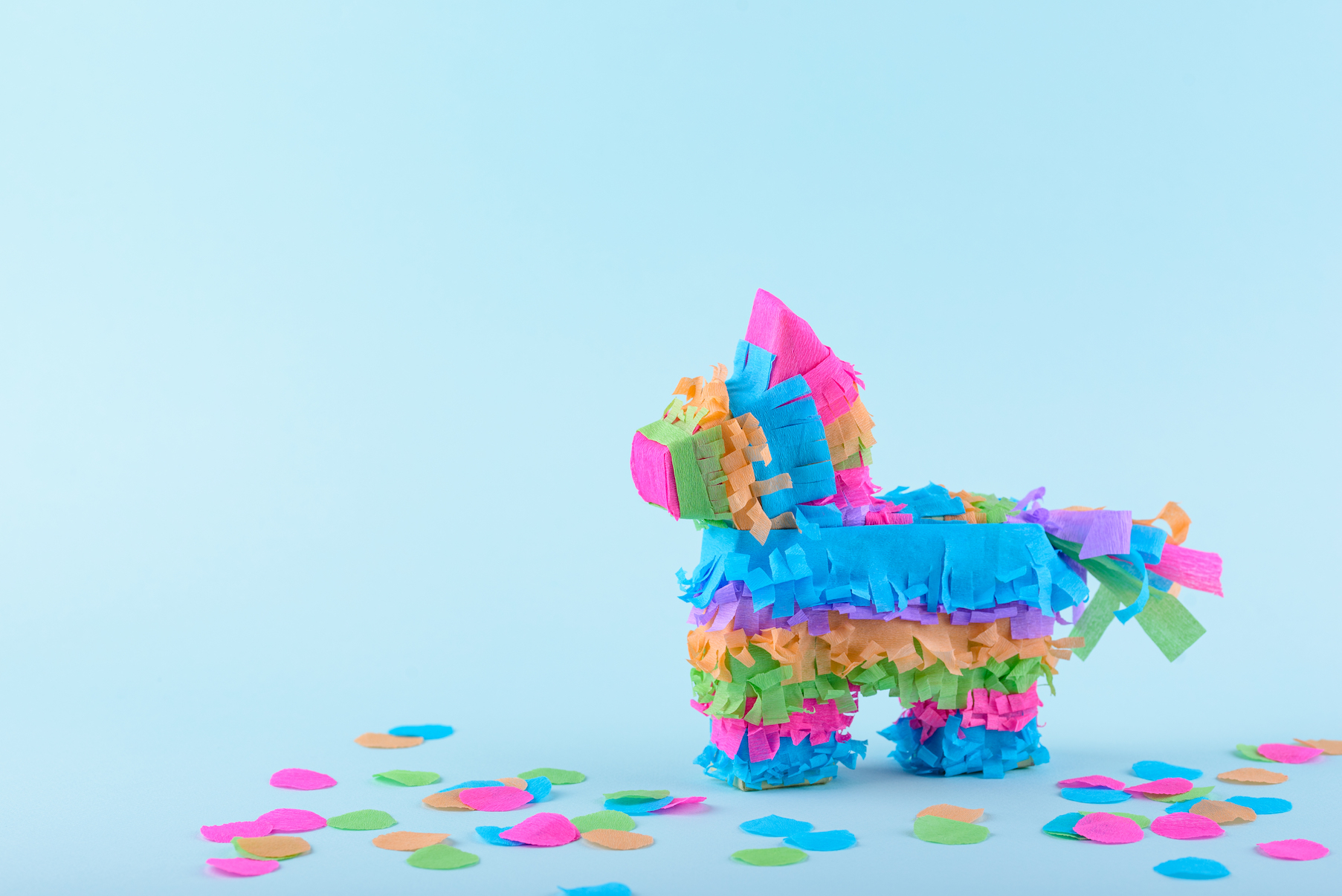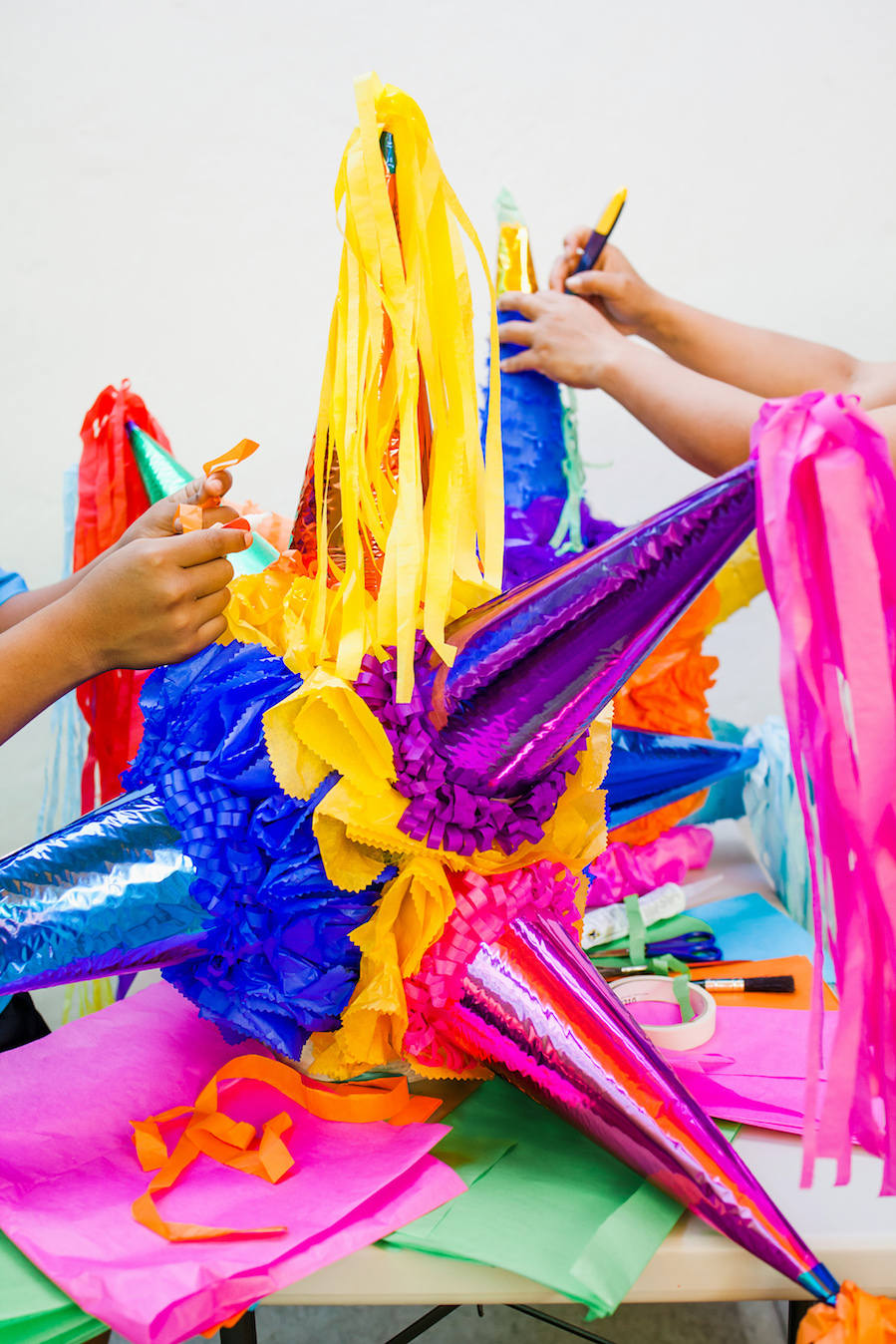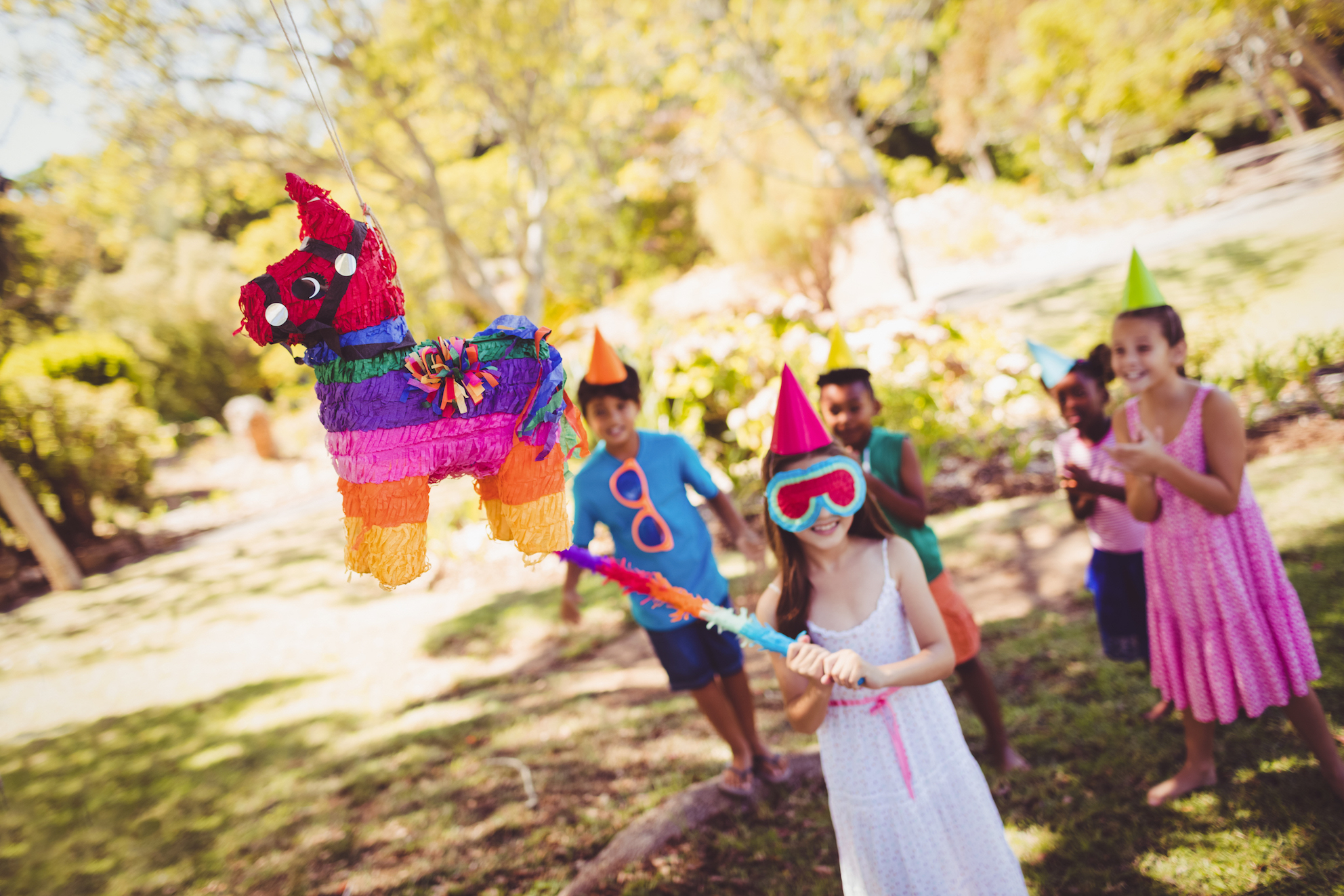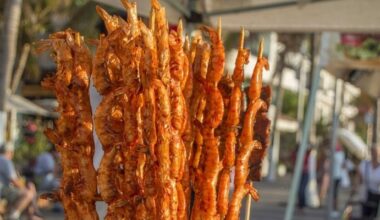
During the December festivities in Mexico every year, we have the opportunity to sing the classic “Dale, dale, dale, no pierdas el tino” (hit it, hit it, hit it, don’t lose your aim) to the rhythm of someone trying to break a piñata at a party or gathering. There are piñatas for kids and adults, and everyone enjoys themselves equally, but do you know where this fun tradition comes from?
Origin
There is more than one version of the origin of piñatas. Some historians claim that the adventurer Marco Polo introduced the tradition in Italy after an expedition to China. According to records, Polo observed that during Chinese New Year celebrations, people would break figures of oxen and other animals filled with seeds.
The tradition then spread throughout Europe, reaching Mexico through the Spanish. After the conquest, piñatas took on a religious symbolism intended for use in evangelizing indigenous populations.
On the other hand, according to some historians, there are indications that a similar custom existed during the Maya period. According to this, they would blindfold individuals and have them break a clay pot hanging from a rope, filled with cocoa.
Piñatas in the 21st Century

Piñatas in Mexico have their origin in the San Agustín ex-convent in Acolman, State of Mexico, where in the 16th century, the friars began to celebrate “misas de aguinaldo” or “posadas.” The first piñata emerged as we know it today, although with some variations in size and figure.
Piñatas come in various shapes, sizes, and colors, although the most classic ones are star-shaped with points (traditionally seven). The piñata is filled with candies, peanuts, and seasonal fruits such as oranges, limes, mandarins, tejocotes, jicamas, sugar canes, and more during the December festivities.
The Tradition

According to tradition, before moving on to “break the piñata,” the person’s eyes must be blindfolded, and they should spin around their own axis—believed to be 33 spins. Subsequently, at Mexican celebrations, the following song is sung to encourage the participant:
“¡No quiero oro, ni quiero plata,
yo lo que quiero es romper la piñata!
¡Dale, dale, dale, no pierdas el tino,
porque si lo pierdes, pierdes el camino!
Ya le diste una, ya le diste dos,
ya le diste tres y tu tiempo se acabó.“

